Archives
- 2025-12
- 2025-11
- 2025-10
- 2025-09
- 2025-03
- 2025-02
- 2025-01
- 2024-12
- 2024-11
- 2024-10
- 2024-09
- 2024-08
- 2024-07
- 2024-06
- 2024-05
- 2024-04
- 2024-03
- 2024-02
- 2024-01
- 2023-12
- 2023-11
- 2023-10
- 2023-09
- 2023-08
- 2023-07
- 2023-06
- 2023-05
- 2023-04
- 2023-03
- 2023-02
- 2023-01
- 2022-12
- 2022-11
- 2022-10
- 2022-09
- 2022-08
- 2022-07
- 2022-06
- 2022-05
- 2022-04
- 2022-03
- 2022-02
- 2022-01
- 2021-12
- 2021-11
- 2021-10
- 2021-09
- 2021-08
- 2021-07
- 2021-06
- 2021-05
- 2021-04
- 2021-03
- 2021-02
- 2021-01
- 2020-12
- 2020-11
- 2020-10
- 2020-09
- 2020-08
- 2020-07
- 2020-06
- 2020-05
- 2020-04
- 2020-03
- 2020-02
- 2020-01
- 2019-12
- 2019-11
- 2019-10
- 2019-09
- 2019-08
- 2019-07
- 2019-06
- 2019-05
- 2019-04
- 2018-11
- 2018-10
- 2018-07
-
Ubiquitination is a reversible posttranslational modificatio
2021-06-15
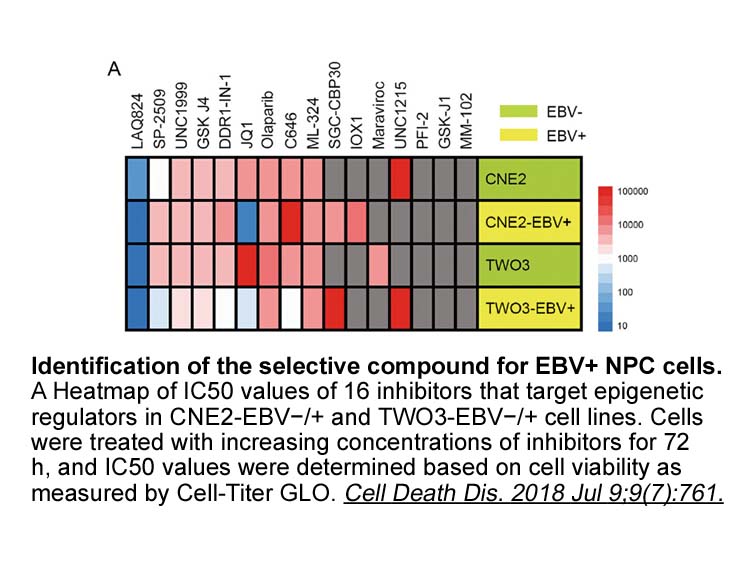
Ubiquitination is a reversible posttranslational modification. The removal of Ub is carried out by enzymes known as deubiquitinases (DUBs). The antagonistic role played by these enzymes in the Ub pathway regulates the function of the ubiquitinated proteins, while maintaining the free Ub pool in euka
-
br Materials and methods br Author
2021-06-15
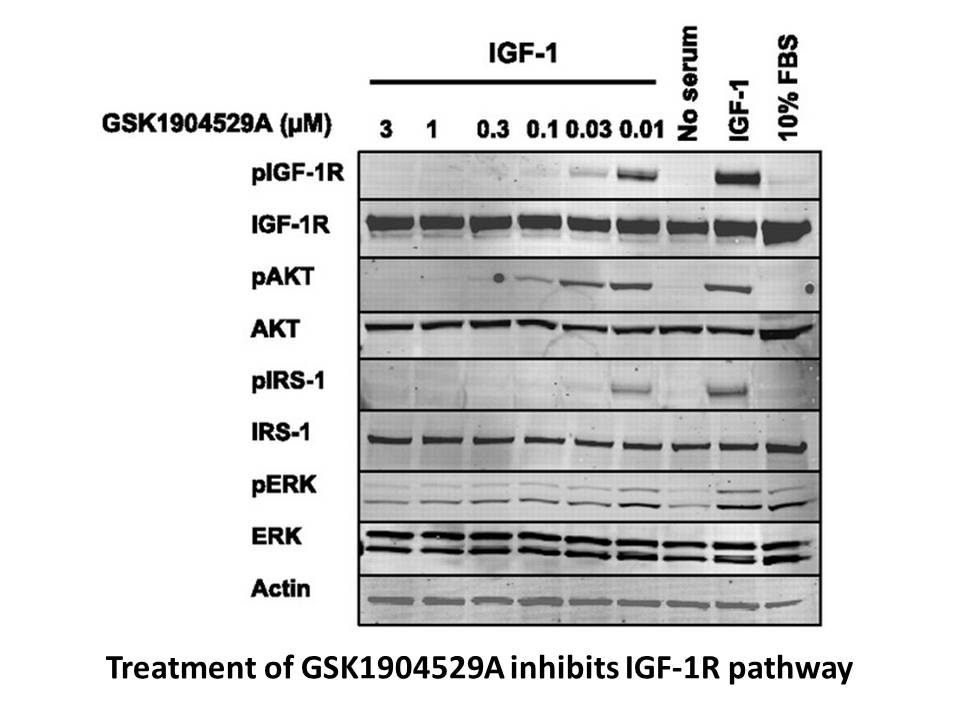
Materials and methods Author contributions Acknowledgements Supported by grants from the Zhejiang Provincial Natural Science Foundation (LY16H030016, LY17H030012), and the Zhejiang Science and Technology Public Welfare Project (2015C33279), Anesthesiology Center in North of Zhejiang Provinc
-
Cys LT have been shown to
2021-06-15
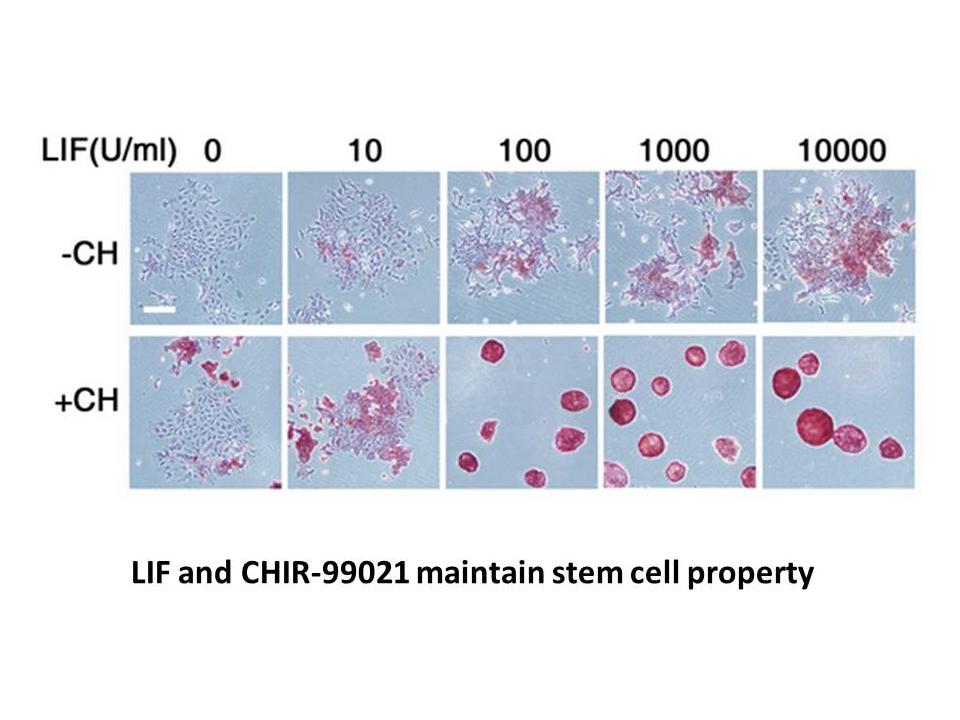
Cys-LT have been shown to be critical for stimulation of monocytes to produce various proinflammatory factors [32,67]. Fig. 3 shows results obtained with human peripheral monocyte-derived macrophages differentiated for 6 days with 20 ng/ml macrophage colony-stimulating factor (M-CSF) and challenged
-
NMS-E973 receptor Because aspirin and ibuprofen are
2021-06-15
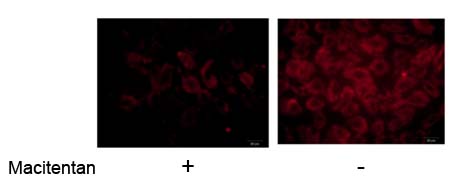
Because aspirin and ibuprofen are NSAIDs, both cause a variety of adverse effects, including stomach ulcers, stomach bleeding, coagulation disorders, NMS-E973 receptor and cerebral microbleeds [13]. Moreover, both cause liver damage [10]. Laster [14] reported a patient with pericarditis treated with
-
In conclusion the magnitude of the association
2021-06-15
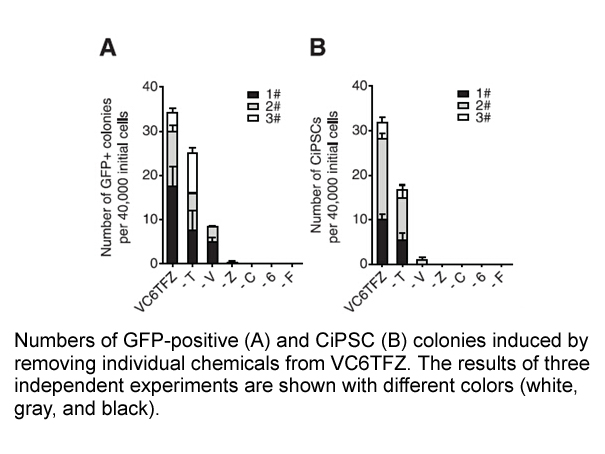
In conclusion, the magnitude of the association between prenatal exposure to MeHg and child neuropsychological development appears to be modified by polymorphisms in CYP3A7 and CYP3A5 genes in some of the populations studied. These results provide some support for the hypothesis that CYP3A genes may
-
A number of immune relevant genes have been studied
2021-06-15
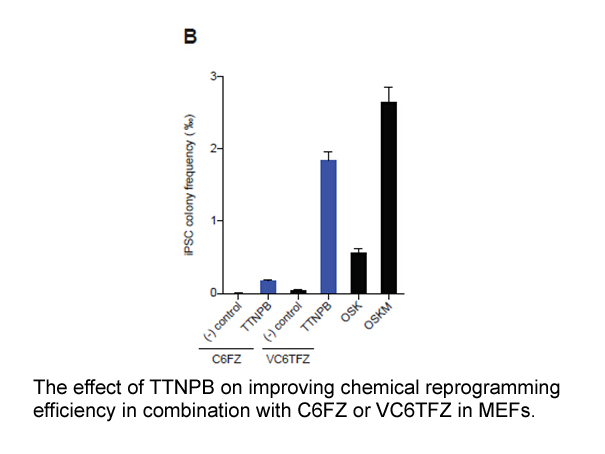
A number of immune-relevant genes have been studied to explore the immunologic mechanisms in large yellow croakers; however, the chemokine receptor CXCR family has never been studied in this organism. Chemokines are a large superfamily of chemotactic cytokines that are utilized to direct the traffic
-
The anxiolytic like responses produced by anti SVG suggests
2021-06-15
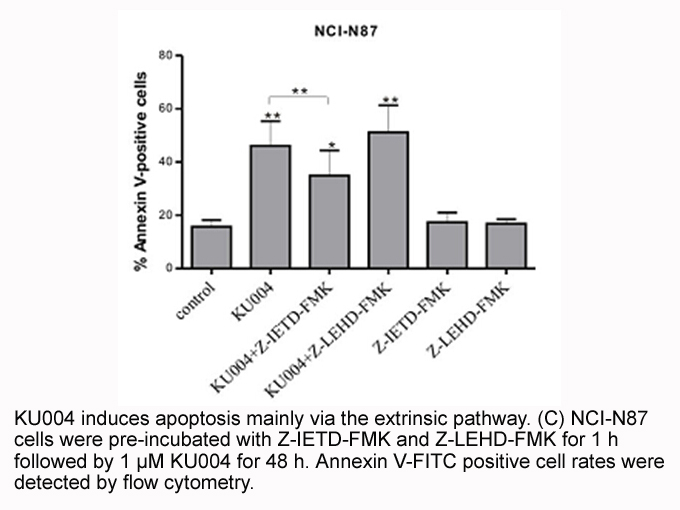
The anxiolytic-like responses produced by anti-SVG-30 suggests that CRF2 receptors mediate not only the elicitation of anxiety behavior induced by prior stress, i.e. conditioned freezing, but also unconditioned anxiety behavior induced by exposure to the unfamiliar environment of the elevated plus m
-
Finally the effect of the BMIM BF concentration change
2021-06-11
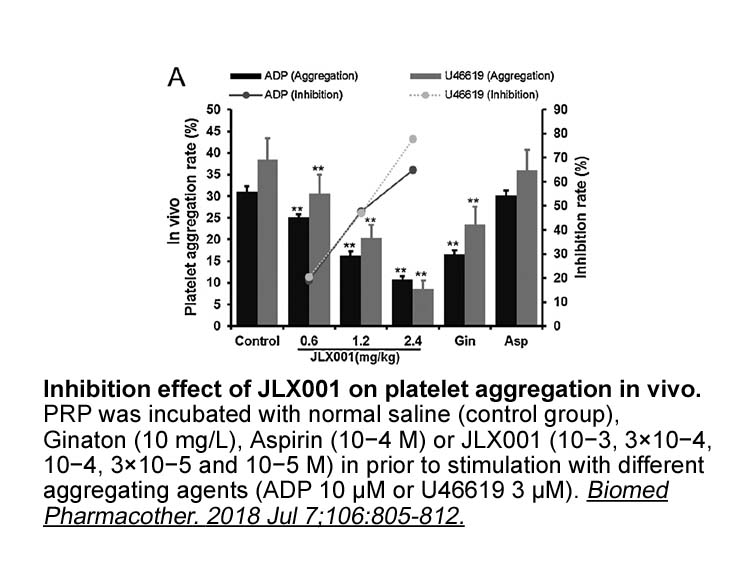
Finally, the effect of the [BMIM][BF4] concentration change on the P-T diagram of methane hydrate was predicted using the proposed model. Three various concentrations (including 10%, 15% and 20%) were considered for calculations. The experimental data [49] and modeling results are demonstrated and c
-
The enzymatic activity of recombinant sponge P H was
2021-06-11
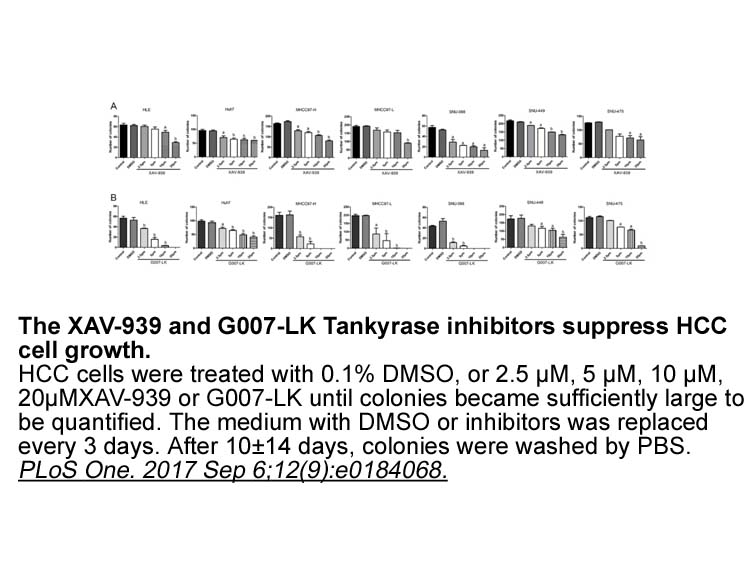
The enzymatic activity of recombinant sponge P4H was assayed in vitro both at 37°C, the standard enzymatic kinetics temperature, and at 15°C, the typical sea temperature of C. reniformis marine environment (Fig. 2C). Surprisingly the data obtained indicate that the sponge enzyme has a lower activity
-
Within the availability of large number of experimental
2021-06-11
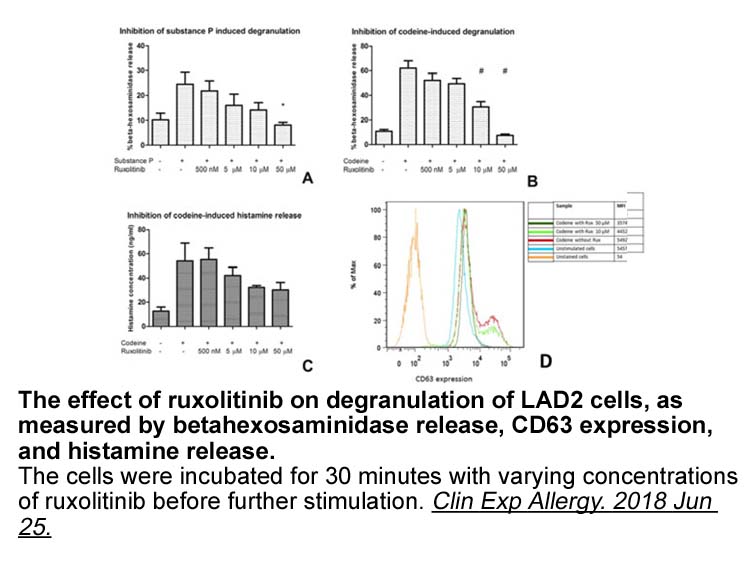
Within the availability of large number of experimental data, it is easy to develop the relation between the mechanical strength and corrosive resistance of the RHA added cement concrete. The developed correlation is given in the following Eq. (4.8). This equation can be used to predict any of the p
-
br Neurodegenerative diseases definition and categories Dise
2021-06-11
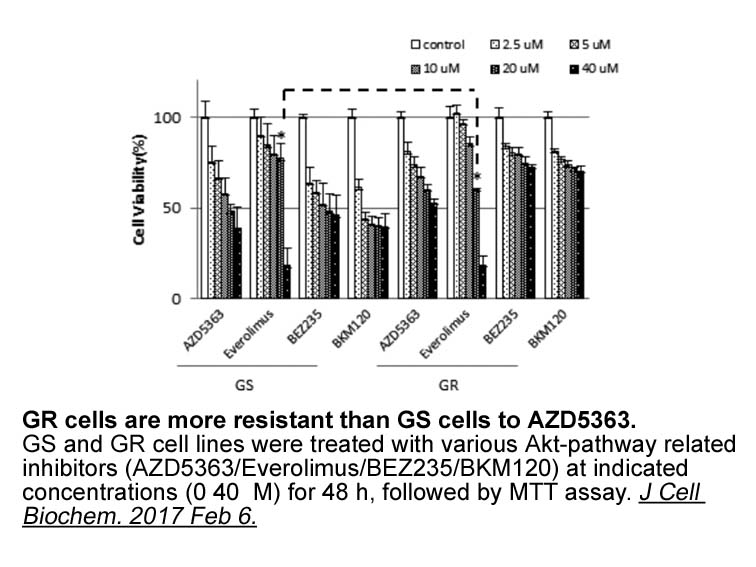
Neurodegenerative diseases: definition and categories Diseases that their progression is dependent on the formation of protein aggregates, are generally identified as protein aggregation diseases. Most common among them is neurodegenerative diseases, in which the protein abnormally NGB 2904 and d
-
Only a few studies have examined the effect of
2021-06-11
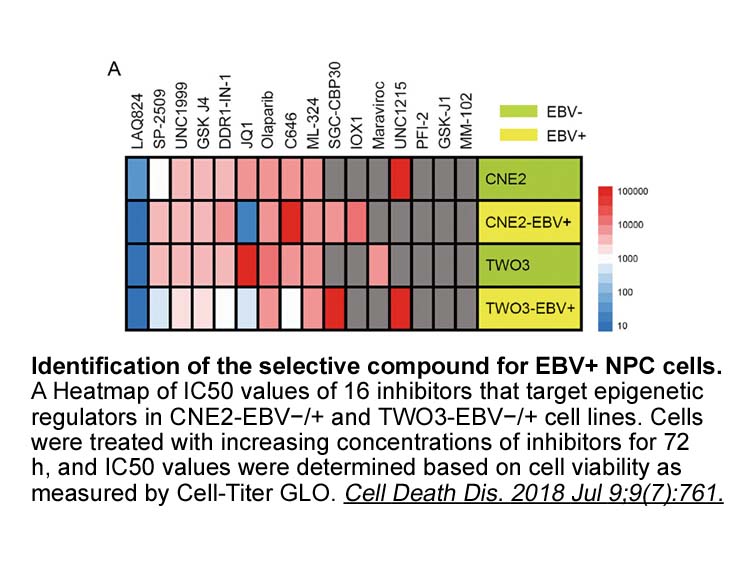
Only a few studies have examined the effect of prostanoids on cardiac fibroblasts. Therefore, this study examines the effect of PGE2 on cardiac fibroblast proliferation and tests the hypothesis that PGE2 causes cardiac fibroblast proliferation via alterations of Methylprednisolone Sodium Succinate
-
Compression The L vertebral body was tested
2021-06-11
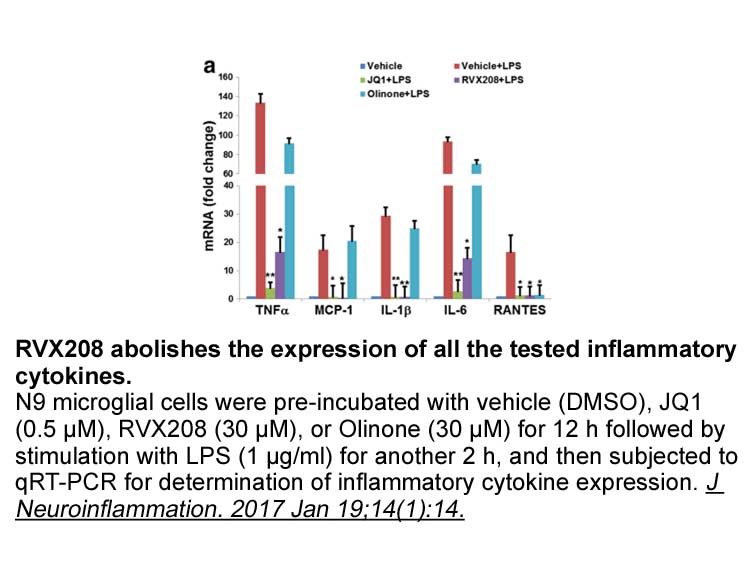
Compression: The L4 vertebral body was tested in compression with loads applied along the craniocaudal axis using an Instron 8800 device at a rate of 3mm/min. Load displacement data were captured using Bluehill software. The ultimate load, yield load, stiffness, ultimate stress, yield stress and You
-
br Conclusions Two chemical coupling agents BTDE and CDI wer
2021-06-11
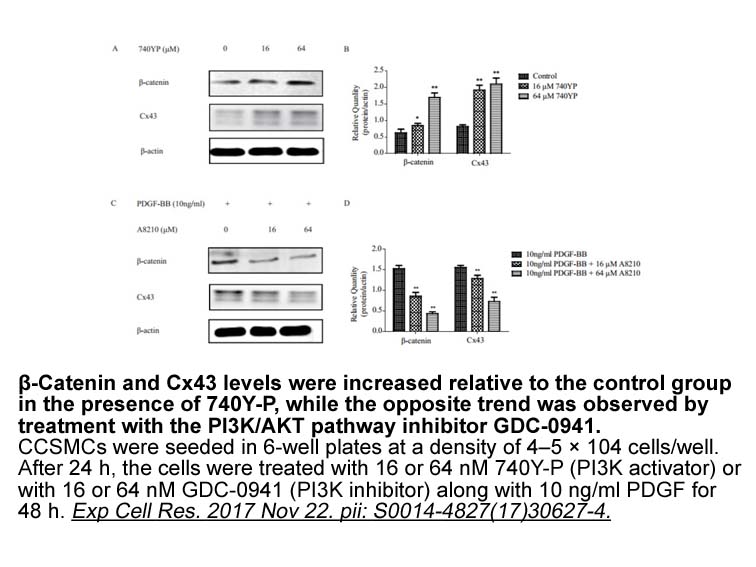
Conclusions Two chemical coupling agents, BTDE and CDI, were used to activate the free hydroxyl groups of plant cellulose powder and OPH from Flavobacterium ATCC 27551 immobilized on modified carriers by covalent linkages. The highest immobilization yields obtained in optimum conditions of effect
-
PI K is a lipid kinase and
2021-06-11

PI3K is a lipid kinase and generates phosphatidylinositol-(3,4,5)-trisphosphate, which is a second messenger critical for the translocation of Akt to the cytoplasmic membrane. The phosphorylation of Ser473 Akt is important in the cell survival by regulating the eNOS among other targets (Dimmeler et
16024 records 637/1069 page Previous Next First page 上5页 636637638639640 下5页 Last page